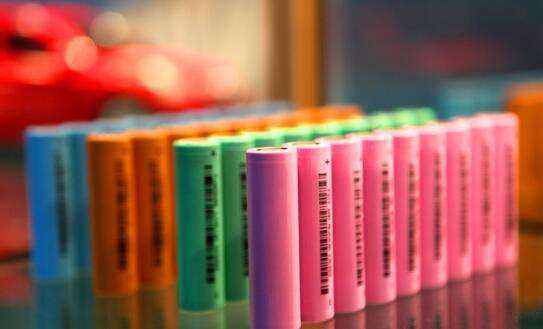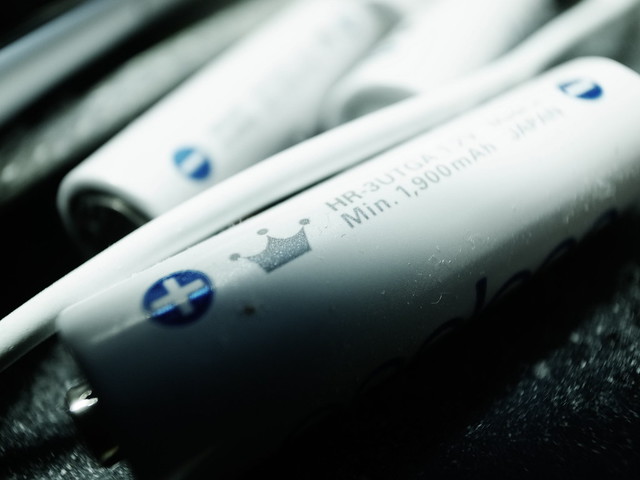Lipo Battery For Brushless Motor - Best Battery Matching
Mar 06, 2020 Pageview:8499
When buying a lithium polymer battery for your brushless motor and electronic speed controller (ESC) setup, there are many considerations that you need to pay attention to first.
Perhaps you want to make yourself a plane, or an RC car for your son. Either way, make sure that you have got everything right for safety purposes.
This article has all you need to know about matching brushless motors, ESCs, and LiPo batteries.
1.Do brushless motors require LiPo batteries?
No. Atleast, you don’t have to use LiPo batteries with your brushless motor, but the merits involved when using one far outweigh those of any other battery. So, if the question were are LiPo batteries better for brushless motors, the answer would be yes.
Do understand the subtlety of these two statements, you need to look back at how brushless (BL) motors work.
Understanding Brushless Motors and LiPo Batteries
Direct Current (DC) motors were first invented in the late 18th century. They were brushed motors, which means that a commutator/graphite brush combo was used to reverse the current direction (hence magnetic polarity) every half-turn.
However, the brushed setup leads to loss of power (called brush loss) and also causes sparking at the contacts. It also lacks the ability to have precise control. When solid-state electronics came into being in the '60s, brushless motors became possible.
Instead of having a brush/commutator combo change the current direction, you have an electronic controller that instructs the motor on how fast to turn, which direction, and supplies the current and voltage required. This is the work of the ESC, or electronic speed controller.
Why LiPo Batteries Are Used With Brushless Motors
LiPo batteries, on the other hand, are a match made in heaven as far as brushless motors are concerned. They have an extremely high charge density compared to the other types and can discharge at high rates without any problem.
In a real-world scenario, a motor will not be working at a steady speed or power. It will be drawing small or large currents, depending on the torque needed. At peak loads, they might need a short term supply of high amounts of 'burst' current.
LiPo batteries are well suited to this type of an operation because they can support varied discharge capacities. They are also much lighter thanks to the higher charge density.
2.What Is The Best lipo battery For Brushless Motor?
When choosing a LiPo battery for your brushless motor, you should consider a few things to make sure that you have optimum performance.
I.Battery Discharge Capacity
The battery discharge capacity refers to the amount of charge the battery will give over a specified period. Sometimes, it relates to a continuous burst rate (high power, short discharge time) or steady discharge (longer time).
Motors can generally operate on a wide range of power supply levels, so long as you keep them within the minimum and maximum ratings. If you’re not technically inclined, it's safest to go with manufacturer recommendations.
However, if you want to squeeze the most out of your motor and battery, you need to check what the total current draw your motor needs. The manufacturer provides continuous draw and burst draw values.
Dividing these values with the provided battery capacity will give you a theoretical discharge rate per minute or hour.
II.Battery Capacity
Knowing the discharge rate leads us to the next most important feature, which is the battery capacity. In general, you would want to get the highest capacity possible without having a battery that is too big or heavy.
III.Battery Size and Weight
If you're going to be flying or boating, the weight of the battery is going to be an essential factor. While a higher capacity battery would keep you going for longer, the added weight may negate the extra power in terms of maximum speed and lower performance.
IV.Battery Manufacturer
This is where a bit of research tends to pay off. Make sure that the manufacturing company carries out the appropriate safety tests, reports correct values (most will give higher theoretical values), and has a reputation for reliability.
The best LiPo battery for your brushless motor setup will be the one that supplies the power needed yet remaining at optimum weight and size.
3. How Do You Match Brushless Motor And LiPo Battery?
Matching your brushless motor and LiPo battery is not as straightforward as you may think. First, you need to find out the continuous current draw for your entire set up, as well as the burst draw.
For a simple set up involving just one motor, you can basically use the manufacturer recommendations. However, if you use more than one motor or want to overclock the motor, you will need to calculate the draw at various speeds and load.
Once you have your values, consider the discharge rate of your battery. It is usually given in C values and is related to the battery capacity. For example, a battery with a 30-40 C rating and a 2200 mAh capacity would differ from one with a 1000 mAh capacity.
Make sure that your battery can supply the maximum burst current the motor needs without overloading.
Another factor is the voltage. This is usually determined by the number of cells the battery has. A 3-cell battery has 11.1 volts, and is usually the best compromise in terms of voltage and weight. A higher voltage pack means that the setup operates at higher efficiency, but compromises on the weight.
Take your ESC into consideration when considering the LiPo battery/brushless motor pairing. Your ESC should match the battery voltage, for example, a 3-cell battery with 11.1V can be paired with a 12V ESC.
The Amp rating is the most important factor to remember here. Your ESC should have a threshold amp rating of about 10% more than the burst rating of the motor. You need to make sure that the motor will always have power when it needs it.
In general, you will need to do a few calculations depending on your setup. There are many YouTube videos to help you out.
Conclusion
Brushless motors are powerful and versatile little beasts that can offer endless hours of entertainment in boats, RC planes, drones, cars, and many more. If you’re a DIY enthusiast, it doesn’t take much to make your dream toy. Just pair up the right LiPo battery, motor, and ESC components and you’re good to go.
Leave Message
Hottest Categories
-
Hottest Industry News
-
Latest Industry News














